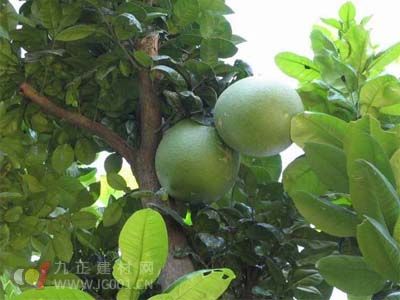Foam Cultivation and Maintenance Skills: 1. To encourage the growth of seedlings and help them develop into mature plants quickly, it's important to focus on proper care during their early stages. In the second and third springs, when repotting, use cake fat, hoof, and bone powder as a base fertilizer. Perform artificial pruning by cutting the main trunk back to about 15 cm, leaving 3–5 axillary buds beneath to promote new growth and expand the canopy. Once the new shoots reach 5–8 cm in length, pinch off the tip and remove the top and side buds to shape the tree and encourage early fruiting. 2. The fragrant foam thrives in acidic soil with a pH around 5.3. It requires well-draining, fertile soil—loam, sandy soil, or clay can all work. A recommended potting mix is 60% humus soil, 30% Hesha, and 10% peat or furnace ash. Water once every ten days, but be careful not to overwater, as this can cause root rot. Avoid pouring water directly onto the surface; instead, water thoroughly once and maintain consistent moisture throughout the year. 3. The ideal humidity for the fragrant foam is between 70% and 90%. During dry seasons, mist the foliage 1–2 times daily or sprinkle water to increase air humidity. The optimal temperature range is 15–30°C. In hot weather, move the plant to a cool, shaded, and well-ventilated area. If temperatures drop below 5°C, provide protection from cold. This plant prefers sandy loam soil at altitudes between 800–1200 meters and grows best in warm, humid climates with regular rainfall. 4. Propagation through cuttings is the most common method. Use thick, green, glossy one-year-old branches, ideally taken from the middle section. Cuttings should be made just before or after the summer solstice. Select healthy branches, cut them to 12–15 cm in length, remove the leaves except for the petioles, and insert half of the cutting into the soil. Press the top of the cutting slightly into the soil (about 1.5 cm) and gently firm the soil. Alternatively, you can cut longer pieces (18–20 cm) and place them in plain sand, burying about 15 cm into the soil. After planting, ensure regular weeding, fertilization, and care. It may take 2–3 years before the plant is ready for transplanting. 5. The fragrant foam is prone to yellow leaf disease and leaf drop. For yellow leaf disease, apply a 1% ferrous sulfate solution. If root rot occurs, immediately remove the plant from its pot, rinse the roots, trim away any rotten parts, disinfect the remaining roots, and replant in disinfected sand to help it recover gradually. The citron is traditionally cultivated in Yijiazhaizi. As a special product from the stockade, it was once used as a tribute and played an important role in weddings and celebrations, symbolizing two mascots of good fortune.
Diamond Grinding Wheels revolutionized
the abrasives industry. Through the use of a unique core
bonding technology, these grinding wheels last longer and
outperform with far less sparks and odor than traditional grinding wheels
for fast cutting, back cutting, gully grinding and bead finishing.
Diamond grinding wheel also have different
types , such as electroplated diamond grinding wheels, vitrified diamond grinding
wheels, resin bond diamond grinding wheels, vacuum brazing diamond grinding
wheels. There are four kind of bonding processing methed. Each type has their
unique special advantages for different type of working materials.
Kemei produce all four types fo diamond and
CBN Grinding Wheels. Please contact us for more information and better grinding
solutions.
Diamond Grinding Wheels,Brazing Diamond Wheel,Electroplated Diamond Roller,Metal Bonded Diamond Grinding Wheels Henan Jinlun Superhard Material Co., Ltd , https://www.jinlunsuperhard.com